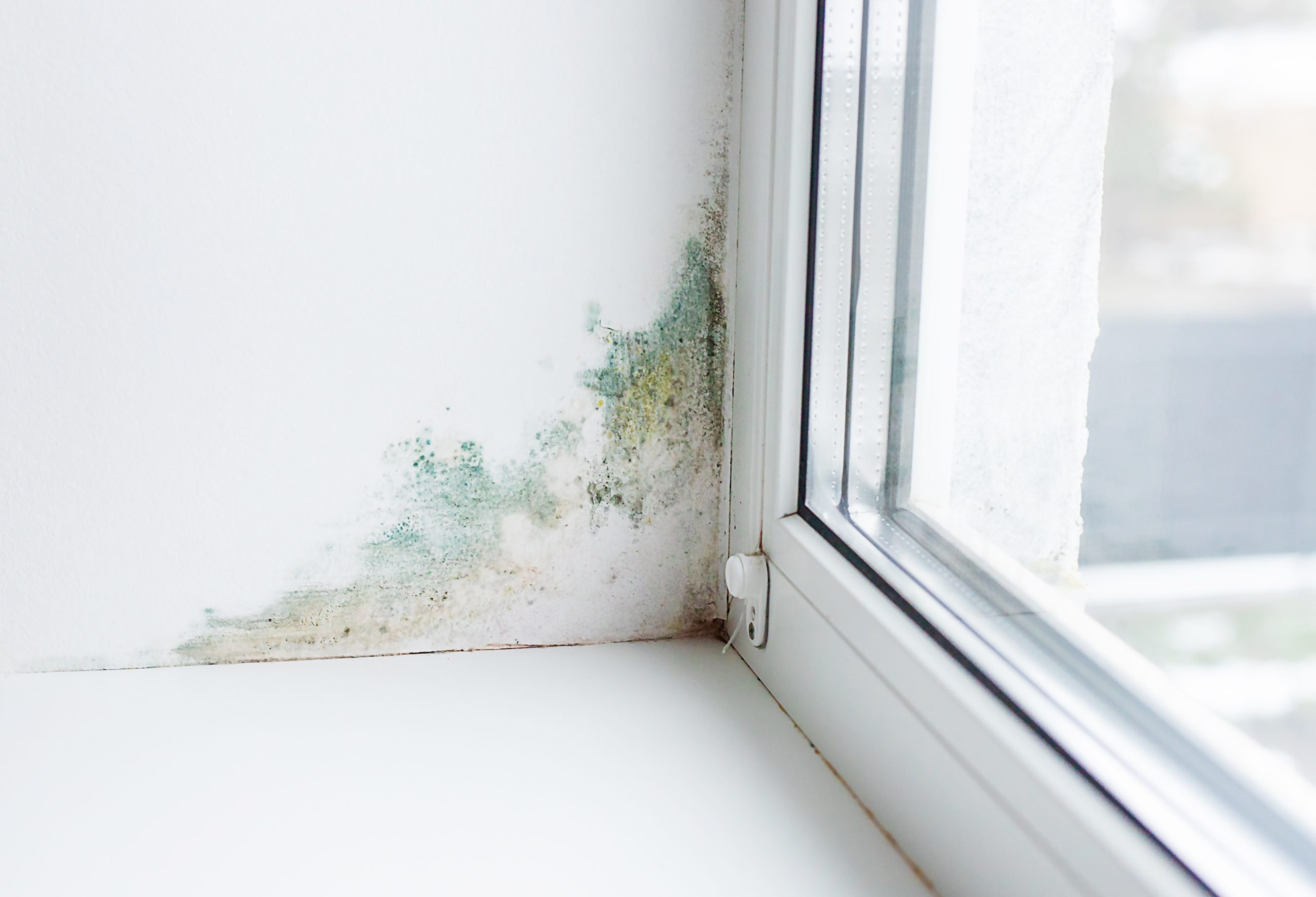
Damp, mould, and condensation can be worrying, but simple steps can make a big difference.
Four main types of damp can affect homes:
- Rising damp - water rises from the ground, usually due to a faulty or missing damp-proof course (DPC). It affects ground floors and basements, leaving a 'tide mark' and white salts on the wall. It's present year-round, especially noticeable in winter.
- Penetrating damp - occurs on external walls or ceilings (from roof leaks) due to external defects like missing pointing, cracked rendering, or missing tiles. It's worse after rain and appears as a distrinct damp patch.
- Defective plumbing - leaks from pipes cause damp, common in kitchens and bathrooms, affecting internal/external walls and ceilings. The area feels damp regardless of weather.
- Condensation damp - caused by moist air cooling on cold surfaces (windows, walls, behind furniture), especially in cold weather. Activities like cooking, washing and indoor drying worsen it. Black mould may grow. Addressing the causes of condensation usually solves the mould problem.
This section offers practical advice on tackling the problem - and what to do if it persists.

